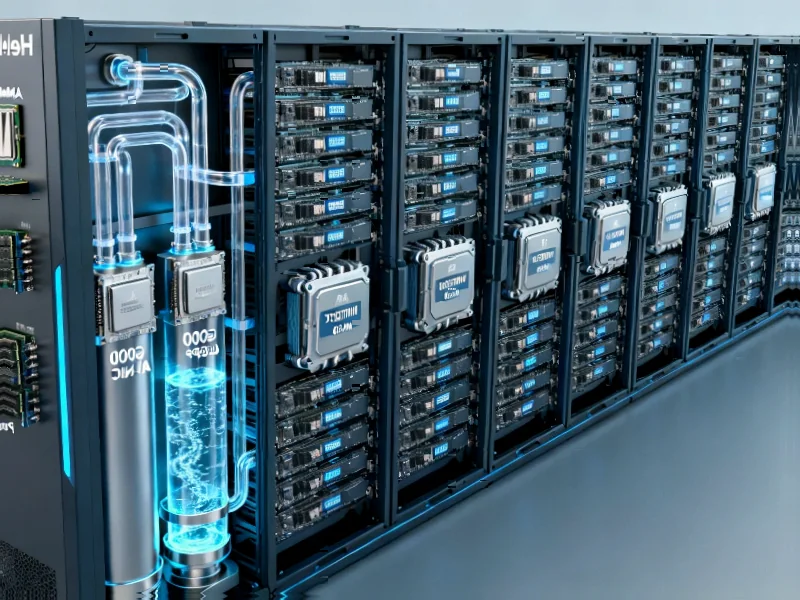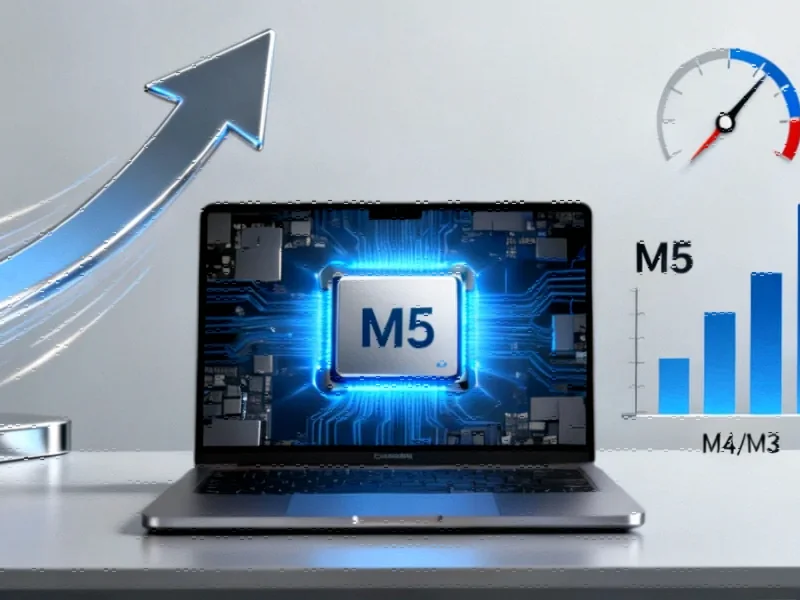Unexpected Market Shift Drives Price Adjustments
Intel is reportedly planning to increase prices for its Raptor Lake processors by approximately 10% amid weaker-than-expected demand for its newer AI-capable chips, according to supply chain sources familiar with the matter. The price adjustments come as consumers continue to favor the older-generation processors over Intel’s latest Lunar Lake and Arrow Lake offerings, creating an unusual market dynamic where previous-generation products are experiencing both supply constraints and price inflation.
Table of Contents
AI PC Adoption Falls Short of Expectations
The reported price increases are directly linked to what industry analysts describe as the “underperformance” of AI PC adoption in the consumer market. Despite Intel’s efforts to promote the AI capabilities and power efficiency of its newest processors, sources indicate that consumers aren’t finding compelling reasons to upgrade. According to the analysis, the absence of “must-have” AI features that justify the premium pricing of newer chips has kept demand concentrated on older, more affordable options.
Market data suggests that Raptor Lake processors remain approximately $200 cheaper than their Lunar Lake equivalents, making them particularly attractive to budget-conscious consumers and PC manufacturers. Major system builders including Lenovo, HP, and Acer are reportedly continuing to place substantial orders for Raptor Lake chips to build affordable systems that maintain strong sales performance.
Supply and Demand Dynamics Intensify
Industry reports indicate that with reduced supply of Raptor Lake processors and sustained consumer demand, Intel is positioned to implement price increases on its remaining inventory. Some market observers have noted that certain Raptor Lake and Raptor Lake Refresh SKUs have already seen price increases exceeding 20% in specific regions, including Japan and South Korea, where the trend first became apparent.
The situation is further complicated by broader component price trends across the PC industry. According to market analysts, DRAM prices for both DDR4 and DDR5 memory, along with SSD NAND flash storage, have increased by approximately 15-25% in recent months. These component cost increases have placed additional pressure on PC manufacturers to control overall system costs by continuing to utilize older-generation processors.
Windows Transition Masks Underlying Trends
While global PC shipments showed significant improvement during the second and third quarters, industry experts suggest this growth was primarily driven by the phasing out of Windows 10 rather than strong demand for new AI-capable systems. The transition to Windows 11, particularly in markets outside North America, accounted for much of the shipment increase, according to market analysis.
Intel has previously acknowledged that its newer processors haven’t achieved the market penetration initially anticipated. Despite several months of availability and marketing efforts focused on AI capabilities, the adoption rate for Lunar Lake chips remains below projections, creating an unexpected prolongation of the Raptor Lake product lifecycle.
Market Implications and Future Outlook
The reported price adjustments reflect broader challenges in the PC industry’s transition to AI-focused computing. Industry watchers suggest that until compelling AI applications emerge that demonstrate clear value to consumers, demand patterns are likely to continue favoring cost-effective solutions over cutting-edge technology.
While Intel has not officially confirmed the price changes, multiple supply chain sources have reported consistent information about the planned increases. Market observers indicate that the effects of these adjustments are already becoming visible in certain regional markets this month, though the full impact on global pricing remains to be seen.
For more information about Intel’s processor architectures, you can visit Wikipedia’s Raptor Lake page or learn about CPU technology in general.
Related Articles You May Find Interesting
- OpenAI’s ChatGPT Atlas Browser Debuts on macOS, Redefining AI-Powered Web Naviga
- École Polytechnique Alumni Fund Secures €21 Million for Deep Tech Startups
- Tech CEOs Zuckerberg, Mosseri, Spiegel Ordered to Testify in Landmark Social Med
- Intel Reportedly Finalizing Jaguar Shores AI Platform With Alchip Partnership, H
- Microsoft Pushes AI-Infused Windows 11 as Core Strategy Post-Windows 10 Era
References & Further Reading
This article draws from multiple authoritative sources. For more information, please consult:
- https://profile.google.com/cp/Cg0vZy8xMWM3NDB2MmIyGgA
- http://en.wikipedia.org/wiki/Raptor_Lake
- http://en.wikipedia.org/wiki/Central_processing_unit
- http://en.wikipedia.org/wiki/Intel
- http://en.wikipedia.org/wiki/Personal_computer
- http://en.wikipedia.org/wiki/Artificial_intelligence
This article aggregates information from publicly available sources. All trademarks and copyrights belong to their respective owners.
Note: Featured image is for illustrative purposes only and does not represent any specific product, service, or entity mentioned in this article.



